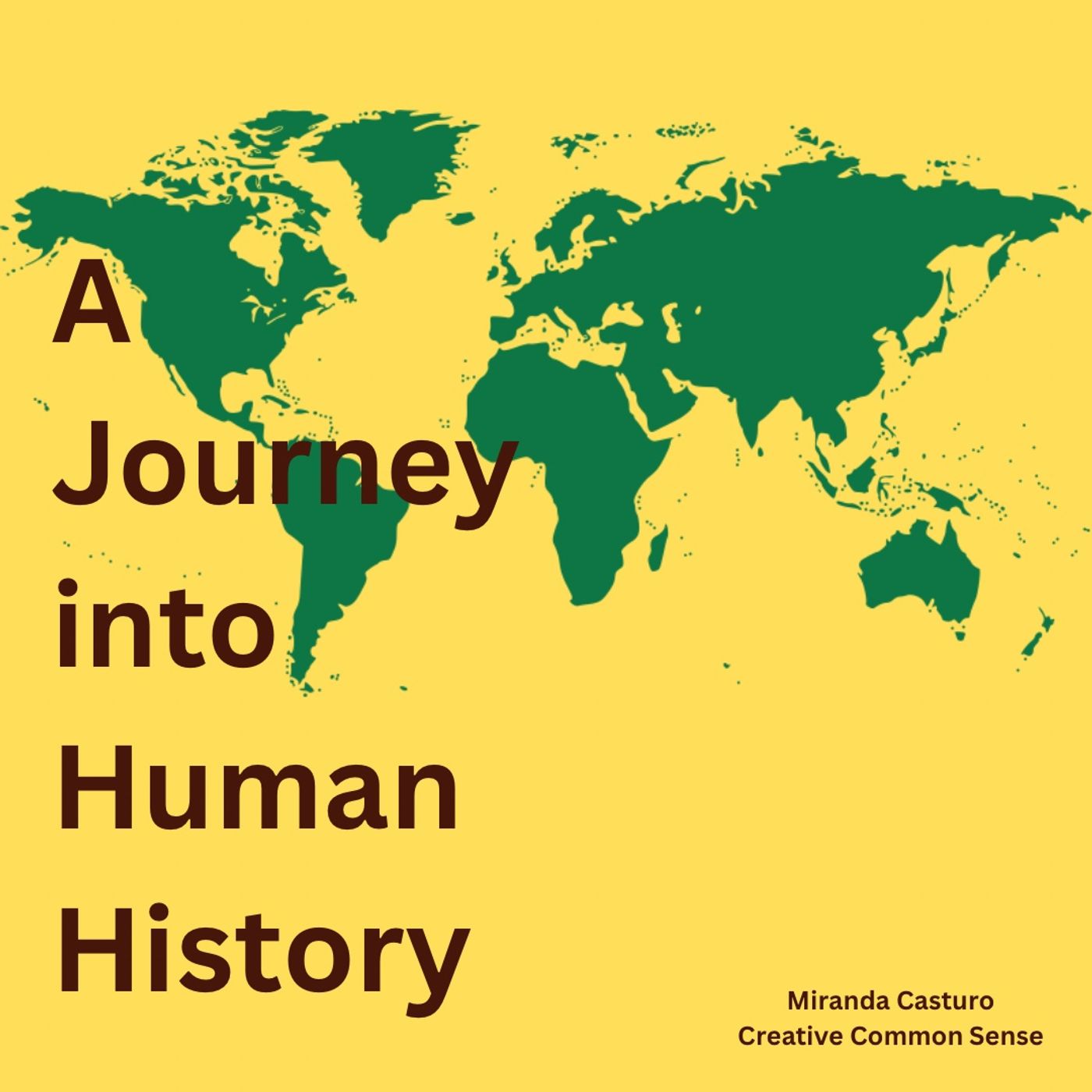The Safavid Empire
Description
The establishment of the Safavid state under Shah Ismail I in 1501 was followed by rapid territorial expansion, but conflict between factions of the Qizilbash military corps allowed the Ottoman and Uzbek empires to take advantage and capture territory. Shahs Tahmasp and Abbas I created a corps of enslaved people from the Caucasus to serve as their new elite military force and eventually replace the Qizilbash.
The Safavid shahs were committed to Shi‘ite Islam and forcibly converted the Sunni Muslims in their territories. They were generally more tolerant of non-Muslims, particularly those who did not live in the Caucasus or along the border with the Ottoman Empire. But the Safavids’ militance and their intolerance of Sunnis heightened tensions between Sunnis and Shia throughout the Muslim world, a rift still apparent today. The stability of the Safavids’ political system allowed for a flourishing of art, however, as exemplified in miniature painting, ceramics, and royal architecture. After Abbas, the growing power of Russia and other neighboring kingdoms led to a weakened Safavid state, which came to an end when Nader Shah of the Afsharid dynasty crowned himself shah in 1736.
All images referenced in this podcast can be found at https://openstax.org/books/world-history-volume-2/pages/4-3-the-safavid-empire
Welcome to A Journey into Human History.
This podcast will attempt to tell the whole human story.
The content contained in this podcast was produced by OpenStax and is licensed under a Creative Commons Attribution License.
Access for free at https://openstax.org/books/world-history-volume-2/pages/1-introduction
Podcast produced by Miranda Casturo as a Creative Common Sense production.
More Episodes
Over the course of the eighteenth century, a series of famines and economic crises deepened wealth inequality and narrowed access to political power on both sides of the Atlantic. As the growing influence of the public sphere and Enlightenment ideas of equality and liberty shaped opposition to...
Published 12/25/23
Published 12/25/23
Over the course of the seventeenth and eighteenth centuries, the public sphere became an increasingly important component in the spread and development of Enlightenment ideas. As networks of informal socialization and intellectual exchange, coffeehouses provided a setting in which people from all...
Published 12/22/23


